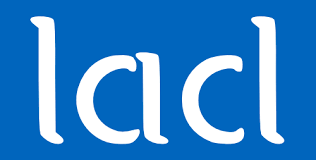18 février 2019
Nathan Grosshans (ENS)The computational model of programs over monoids, introduced by Barrington and Thérien in the late 1980s, gives a way to generalise the notion of (classical) recognition through morphisms into monoids in such a way that almost all open questions about the internal structure of the complexity class NC^1 can be reformulated as understanding what languages (and, in fact, even regular languages) can be program-recognised by monoids taken from some given variety of finite monoids. Unfortunately, for the moment, this finite semigroup theoretical approach did not help to prove any new result about the internal structure of NC^1 and, even worse, any attempt to reprove well-known results about this internal structure (like the fact that the language of words over the binary alphabet containing a number of 1s not divisible by some fixed integer greater than 1 is not in AC^0) using techniques stemming from algebraic automata theory failed.
In this talk, I shall present the model of programs over monoids, explain how it relates to « small » circuit complexity classes and present some of the contributions I made during my Ph.D. thesis to the understanding of the computational power of programs over monoids, focusing on the well-known varieties of finite monoids DA and J (giving rise to « small » circuit complexity classes well within AC^0). I shall conclude with a word about ongoing work and future research directions.
